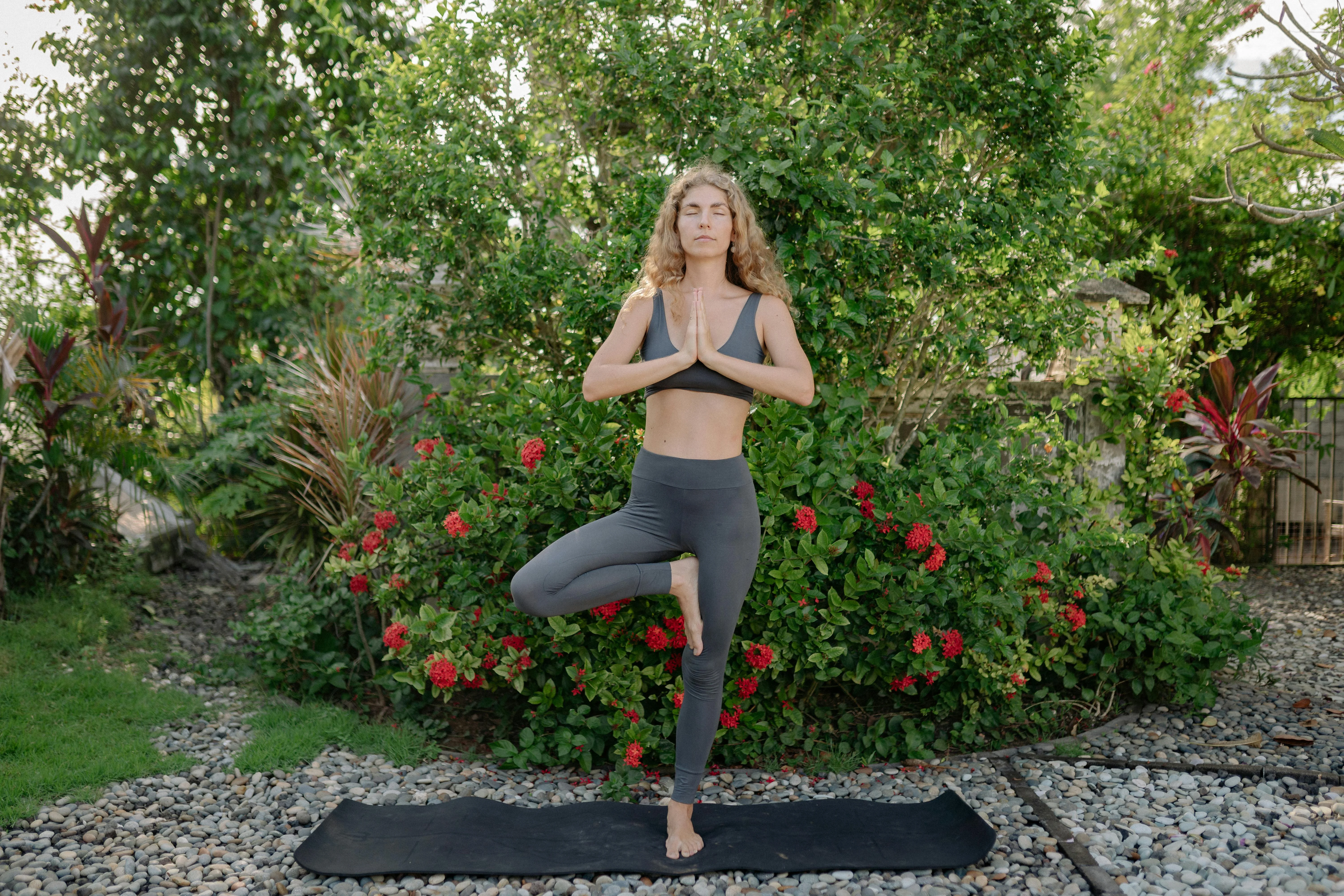 |
| Photo/Pexels |
Dr. Michael Mosley, host of the BBC science show, revealed in his podcast Just One Thing how standing on one leg can improve both body and brain health, even predicting lifespan.
With modern people leading sedentary lives, especially after long lockdowns during the COVID-19 pandemic, many have seen their activity levels drastically reduced.
This sedentary lifestyle comes at the cost of health and even lives. Outside of car accidents, the leading cause of accidental death worldwide is falls, which are essentially a result of loss of balance.
The good news is that balance can be improved through practice.
Balance and Brain Coordination
When we try to balance on one leg, the brain displays remarkable coordination. It integrates signals from the fluid in our inner ear, visual cues from our eyes, and feedback from muscles and joints.
Visual cues play a significant role in maintaining balance, which explains why standing on one leg with your eyes closed is much harder. If you can stand on one leg with your eyes closed for 10 seconds, that’s impressive.
As we age, the structures in the inner ear responsible for balance begin to deteriorate. This includes a decline in the number of hair cells in the inner ear and changes in blood flow to this region.
However, there are still steps we can take to combat the inevitable aging process.
The Brain's "Plasticity"
Our brain's balance system has an incredible capacity for adaptation, compensating by forming new neural connections. This brain plasticity allows us to stand tall well past the age of 40 and offers potential for improving balance even as we face the decline that comes with age.
The key is to keep practicing and not be afraid of wobbling or losing your footing.
Every time you practice standing on one leg, your brain takes the opportunity to recalibrate. It forms new neural connections and strengthens coordination between your eyes, ears, muscles, and joints.
Sensors in our joints and muscles continuously send feedback signals to the brain, helping it learn how best to keep the body upright. With regular practice, balance can improve remarkably quickly.
Can Standing on One Leg Prolong Life?
Studies suggest that one's ability to stand on one leg can significantly predict future health outcomes, including longevity.
In 1999, researchers recruited 2,760 male and female volunteers in their 50s and asked them to perform three simple tests: grip strength, the number of times they could stand up from a seated position in one minute, and the duration they could stand on one leg with their eyes closed.
Thirteen years later, the researchers followed up with the volunteers and found that performance in these tests could predict the likelihood of dying from cancer or heart disease.
Among these tests, the ability to stand on one leg ranked as the top predictor.
In comparison, those who could only stand on one leg for 2 seconds or less had a threefold higher risk of death over the next 13 years compared to those who could stand for 10 seconds or more.
So, if you want to stay vital into old age, it’s time to start training your balance.
Core Training: Confidence Boost
Improving balance not only helps us stay active and steady in old age but also enhances performance in various sports. From surfing to skateboarding, and even bowling, balance is more integral to many activities than we might think.
If you're planning to return to the bowling alley, practicing balance beforehand might be a smart idea.
Balance exercises also offer numerous benefits for strengthening core muscles and improving body coordination.
For those working from home, balance training provides an excellent opportunity to take breaks from long periods of sitting and can help correct posture imbalances caused by sedentary behavior.
There’s evidence that simply standing up has profound health benefits, and adding balance exercises can double the rewards.
Constantly Challenge Yourself
Experts say that with practice, it’s possible to stand on one leg with your eyes closed for a full minute.
Additionally, you can practice balance while walking by placing one foot directly in front of the other, as if walking a tightrope.
Standing on one leg is simple and easy to fit into daily life. You can practice while brushing your teeth or watching TV.
If there's one simple thing that can make a real, significant difference in your future old age, why not give the "Golden Rooster Stands on One Leg" a try?





0 Comments